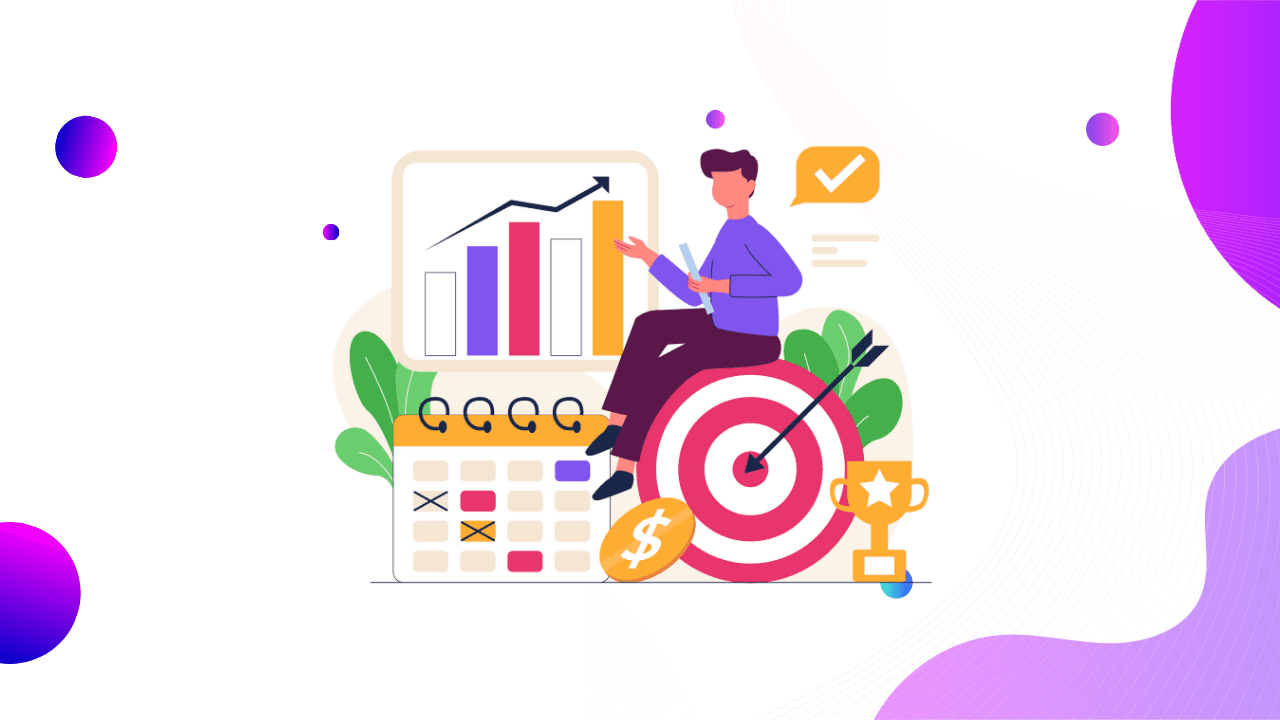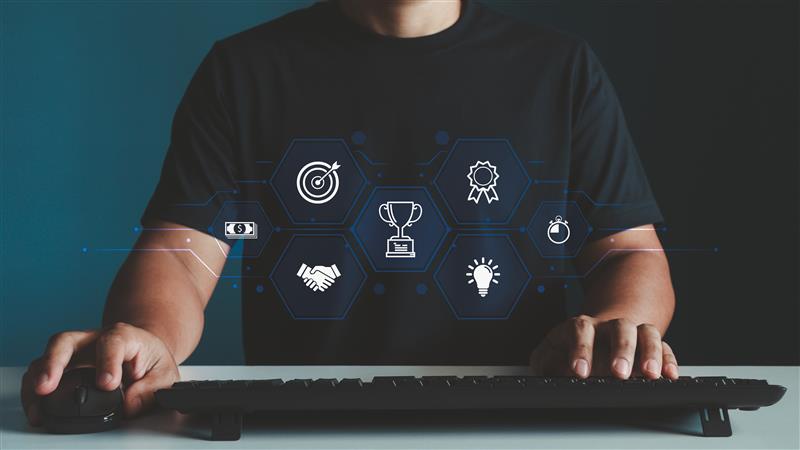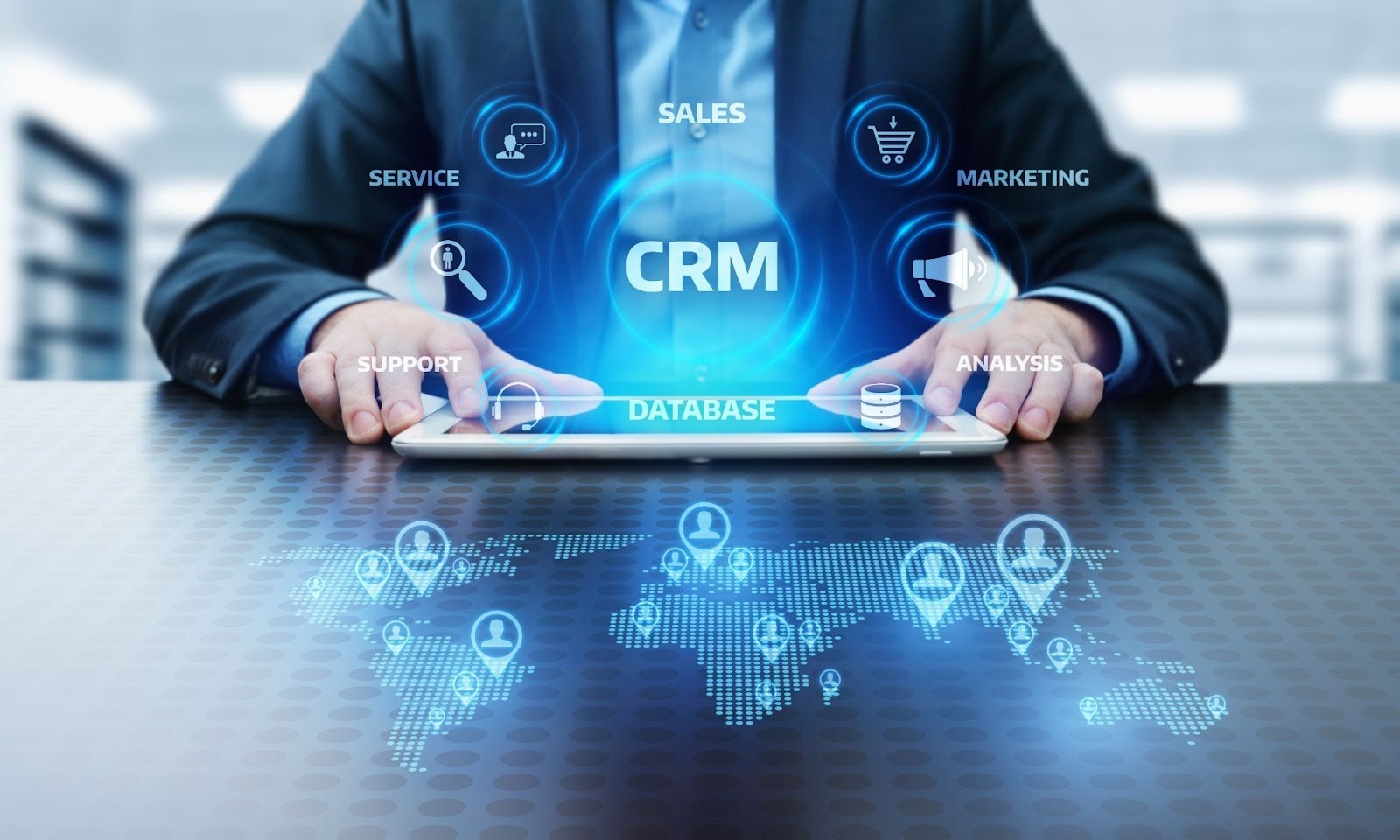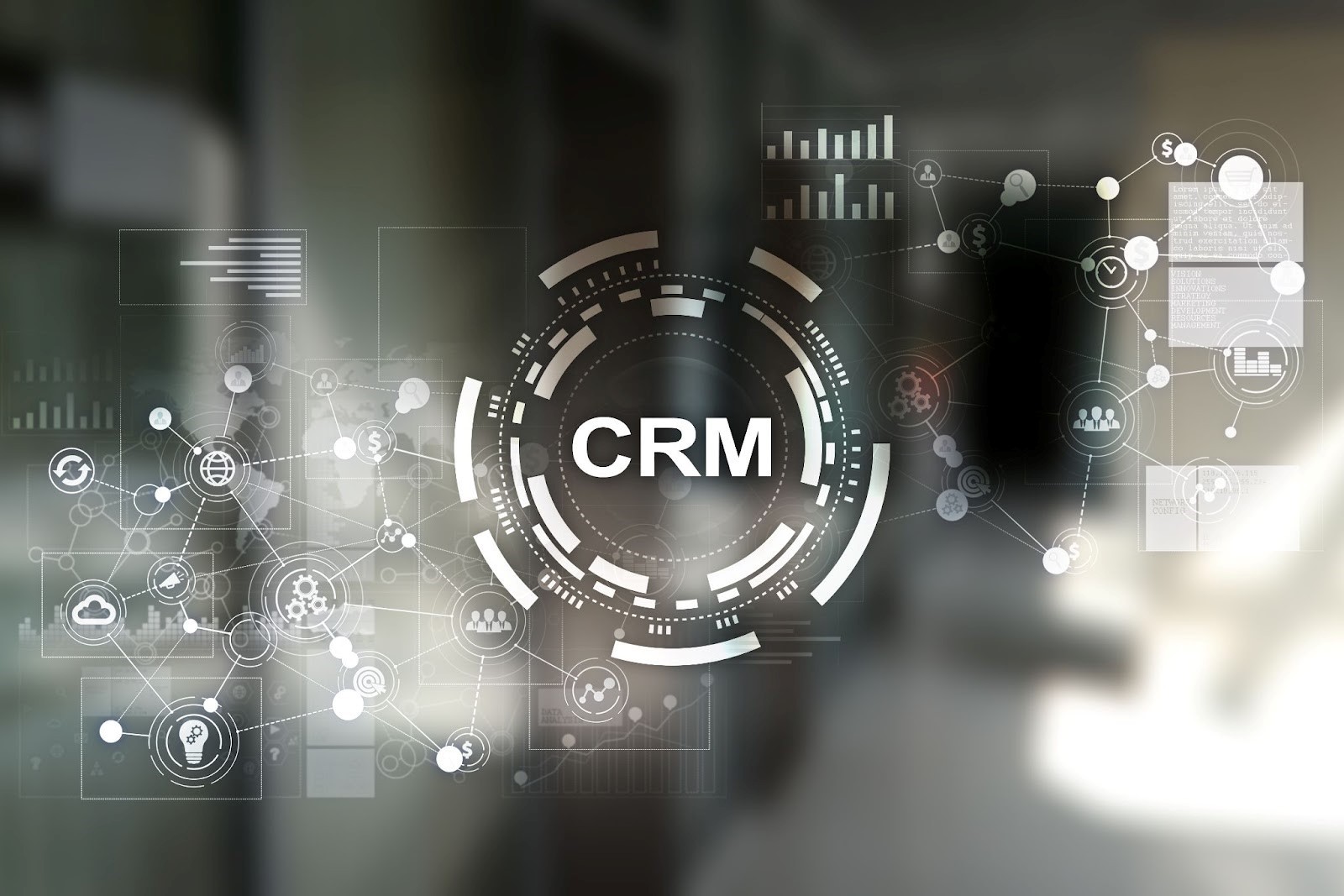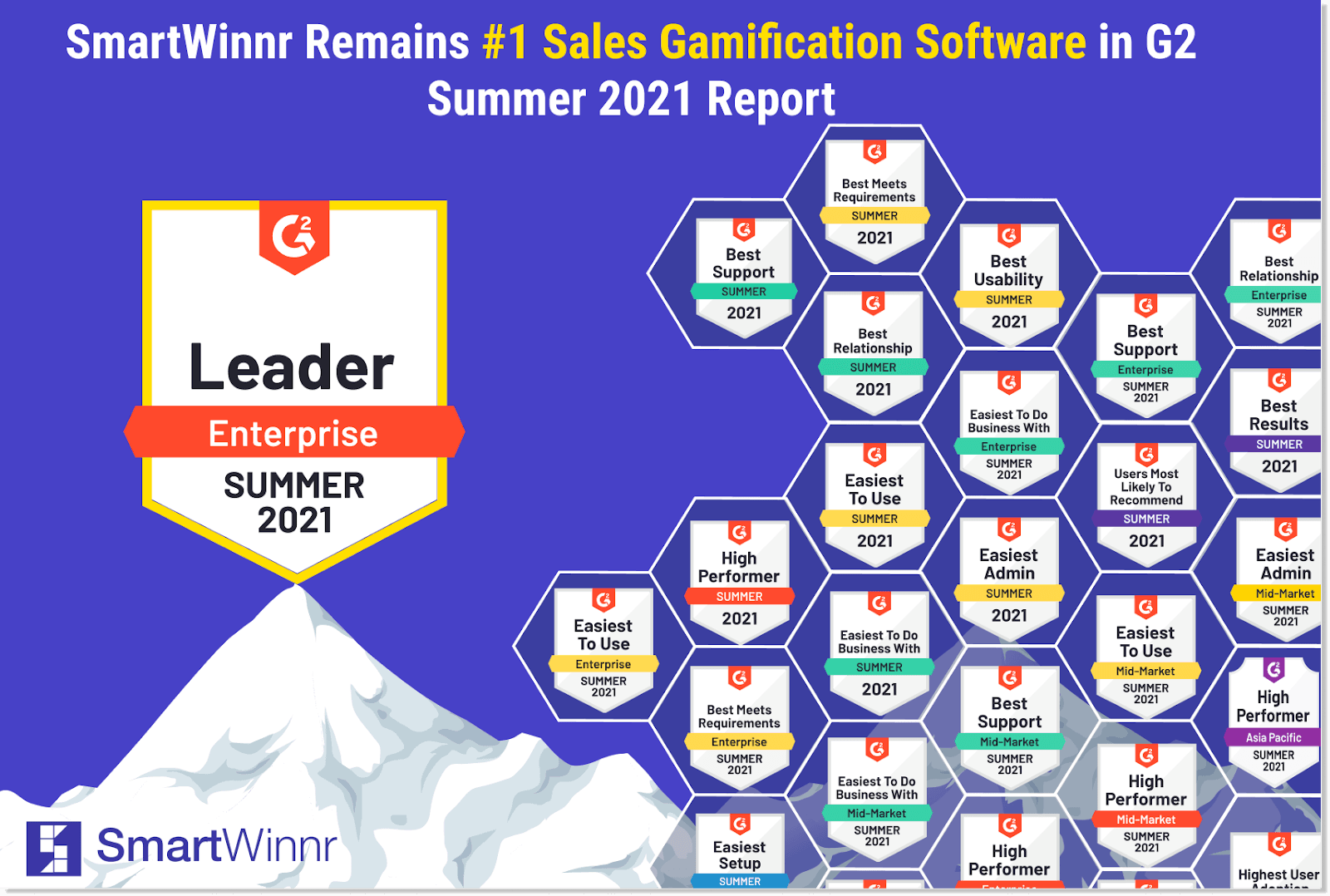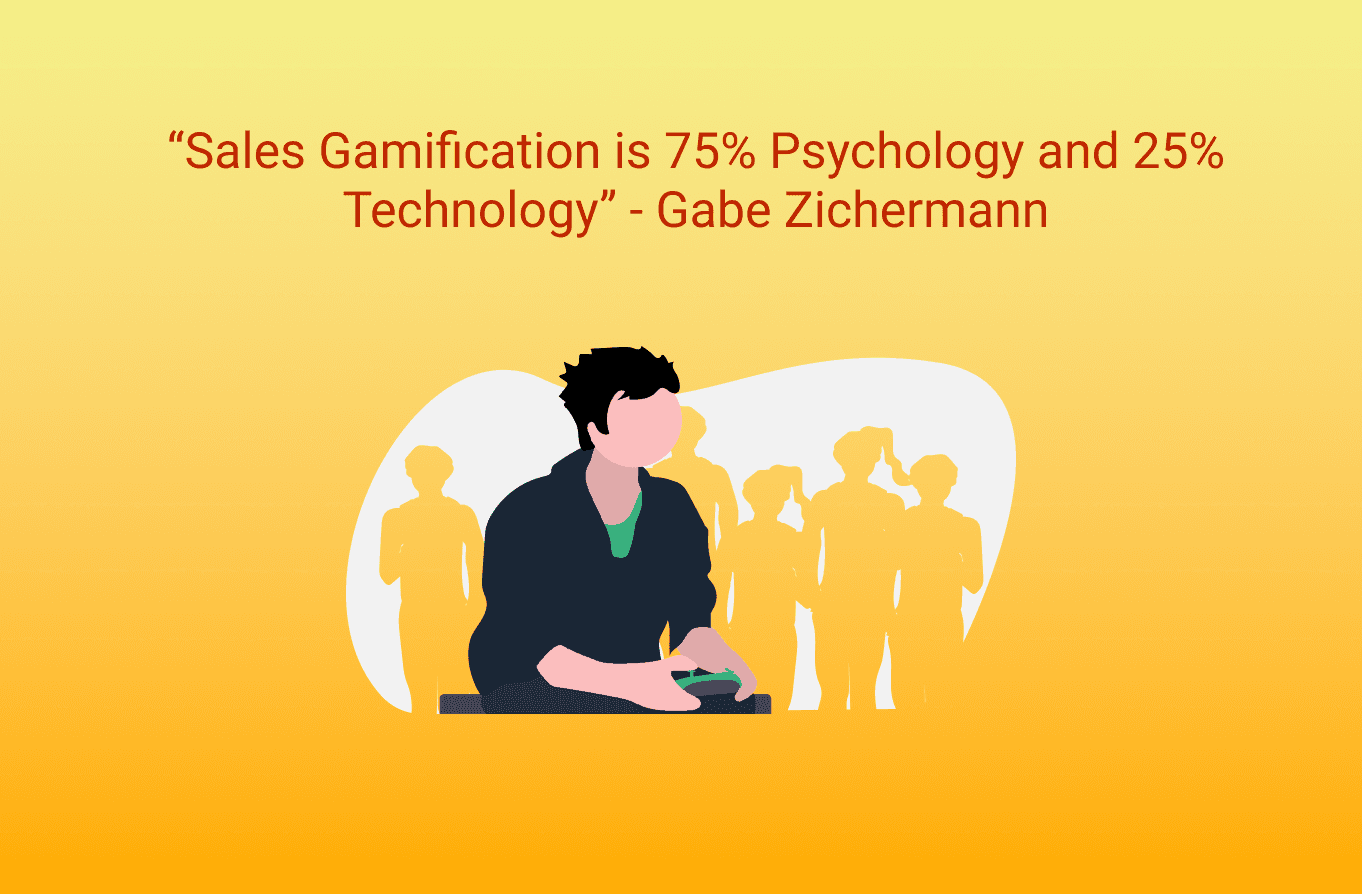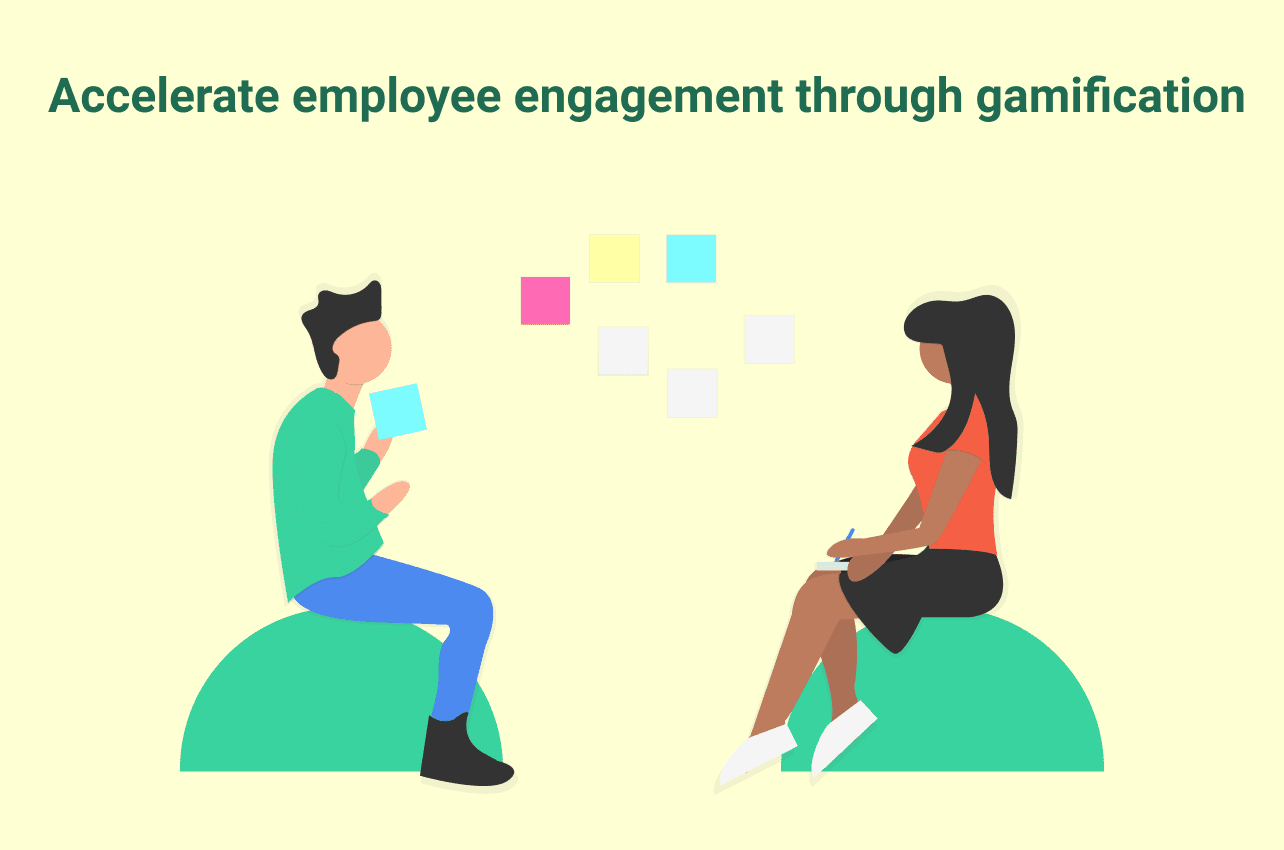A well designed sales Incentive program is a way to reward your top performers. When the incentive plan is implemented wisely, it can be highly effective in:
Improving employee engagement
Building employee loyalty, and hence decreasing attrition
Driving better business outcomes
You must have already finalised your incentive plan. If you haven’t, here are some best practices to design and implement a sales incentive plan:
Best Practices to Design your Sales Incentive Plan
Best practices to Implement a Sales Incentive Plan
Gamification has the capacity to take your Sales Incentive Plan to the next level.
Gamification and its Significance
Gamification is the application of game mechanics (including features like points, levels, badges, and other incentives) to non-game contexts to affect behavior in a positive way.
Gamification is no longer just a buzz word that is used in the tech community. It is now being widely used across industries and departments to improve employee productivity, performance, and engagement.
Here are some facts about gamification that prove its importance:
Research says, while people are motivated by tangible rewards, what really drives their motivation is a sense of recognition. Gamification addresses this by actively recognizing the achievements of employees while adding an element of fun, to increase participation and engagement rates.
Even top brands like Nike, Coca-Cola, Nissan, and Ford are leveraging gamification in their incentive plan to effectively engage their employees.
How can you Gamify your Sales Incentive Plan?
There are different ways of adding gamification into your incentive plan.
Breakdown your annual sales targets into weekly, monthly, or quarterly targets (short-term goals). Then, create contests or games around each of these targets. Introduce game elements like:
Levels
Points
Competitions
Challenges
Leaderboards
Virtual badges etc
Conduct these contests for different markets. Also, set different winning criteria in the contests. This way you will be able to ensure that everyone gets a chance to gain recognition for their work.
Finally, reward exciting incentives/ awards/ prizes to everyone who gives their best performance in the contests.
Are you looking for a ready-made Sales Contest Template? Click here to design your own template for free, in just 3 clicks.
How Gamification takes your Incentive Plan to the next level?
1. Creates fun and excitement around achieving targets
Games are fun and exciting for everyone. Especially for salespeople because of their inherent competitive spirit.
Salespeople aren’t solely motivated by the incentives. Research from the Tas group found that most people are motivated by
Competitive work environment
Making progress
And winning
Gamification encapsulates all these aspects of motivation and makes your sales reps excited, focused, and energized– all the traits that are important to have in a sales team.
2. Allows you to reward behaviors along with the Final Outcome
Your incentive plan focuses on the bigger picture and rewards the final outcome. But it’s crucial to remember that– smaller habits result in bigger outcomes. So, your focus should not just be to motivate your reps to achieve a final outcome. You should also to motivate them to adopt smaller, everyday positive behaviors like:
Updating the CRM every day
Calling a certain number of clients each day
Getting positive feedback from the customers
Gamifying and rewarding these activities will help in getting your reps to adopt these positive behaviors and follow them religiously.
3. Shows ways to improve
With gamification, you can incentivize different levels of performance. It helps to map out a clear path of progression that maps to the steps of the sell. For example, you will be able to see how a sales rep successfully goes from booking meetings to more important tasks and finally making a sale.
This helps you and your reps to clearly understand
Where they are lagging
What they must do to improve
What can take them to the next level
This makes it easy for the reps to improve their performance and progress in their career. This also means that everyone gets a fair chance instead of just the top performers every time.
Do you want to know more? Contact us for a 30 minutes free consultation.
Key best practices to integrate gamification into your Incentive plan
To ensure successful integration of gamification into your incentive program, you need to follow these best practices below:
Assess/know your audience: Every team has a unique demographic and dynamic. What might resonate with one employee group might not work for another. So, the key is to know your audience and create games for them accordingly.
Keep it simple: Games should be kept simple to ensure a good balance between learning, work progress, and fun
Digitize the games: Modern gamification shouldn’t just involve a whiteboard with a few rankings written on it. Instead, use digitized leaderboards so that your sales team can access the stats when and where they want.
Encourage healthy competition: Regularly update your employees with their progress in the competition. Encourage them to beat the employee who is above them on the leaderboard. This helps your employees to improve one step at a time and creates a healthy competition
Measure participation: Measure your employees’ participation in the contests regularly to identify engagement gaps and address them immediately.
Track Progress: Track the progress regularly at the individual and team levels. Respond to any gaps immediately
Encourage Multiple Interactions: Managers should make time to have one-on-one conversations with the reps regularly during the course of games to ensure that everyone is comfortable with the game and are motivated to achieve their targets.
Keep it fresh: Remember to keep games fresh by introducing new elements that will keep users interested and encourage long-term engagement.
Incorporate a meaningful prize/reward strategy: Finally, ensure that rewards, whether physical prizes, virtual rewards, or simple recognition, are meaningful and motivating to your users. Ensure that the rewards match the amount of effort employees have put in to achieve it.
For example, a grand prize such as “holiday in an exotic location” could be reserved for those who exceed their targets substantially. This helps to keep your top performers motivated to achieve even higher going forward.
SmartWinnr’s Gamified sales contests provide an effective and efficient way for you to introduce gamification into your incentive plan. We help you run hassle-free, fully automated sales contests. No tedious excel calculations, live leaderboards, insight into team level and individual level performance, and more.
If you’re from the Insurance industry, explore how your sales incentive plan can be embedded into increasing productivity, decreasing agent attrition and reducing supervisory cost.
If you’re from Banking, explore how your sales incentive plan can be embedded into increasing productivity, decreasing agent attrition and reducing supervisory cost.
If you’re from the Pharmaceutical, industry, integrate your sales incentive plan into a gamified sales contest, focusing on collections, POB, doctor visits, chemist visits and more.If you’re from the Medical Devices, industry, create one incentive plan that covers product knowledge, to handle customer conversations, to programming devices, to sales.
Curious to learn more about it? Book a demo today!


